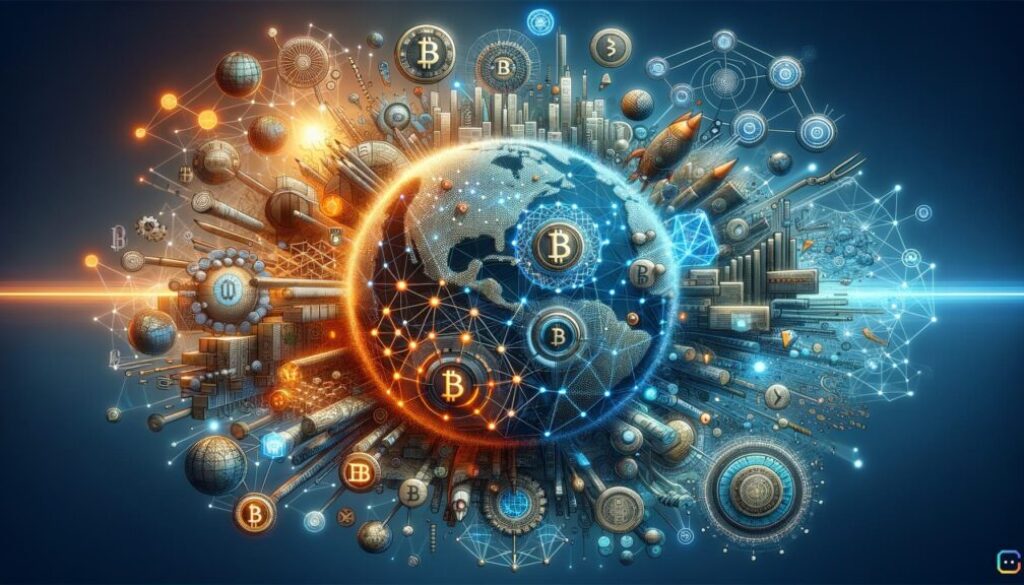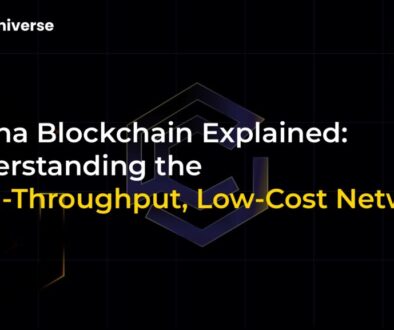The Impending Global Monetary Order Breakdown: Are We on the Brink?

Is the World’s Financial System Heading for a Shake-Up?
The intricate web of global finance, built over decades, might be showing signs of serious strain. Renowned investor Ray Dalio, founder of Bridgewater Associates, has sounded the alarm, suggesting we could be nearing a significant breakdown in the global monetary order. He points to rising trade tensions, particularly those fueled by recent US policies, as a key accelerator fracturing the established systems.
Dalio’s warnings highlight a confluence of factors: widening cracks in monetary, political, and international relationships, leading to a trend of deglobalization and persistent trade imbalances. This isn’t just abstract economic theory; it’s pushing major global players, especially importers and exporters caught in the US-China crossfire, to rethink how they do business and explore alternative arrangements. But what does this mean, and why should you pay attention?
Cracks in the Foundation: Trade Imbalances and Deglobalization
At the heart of the issue lie trade imbalances – situations where countries consistently import far more than they export (a deficit) or export far more than they import (a surplus). While seemingly simple, these imbalances have profound consequences:
- Economic Distortion: Persistent imbalances can warp global trade flows, affect currency exchange rates, impact employment levels, and potentially hinder overall economic growth.
- Macroeconomic Roots: Many economists argue that trade deficits often stem from deeper issues within a nation’s economy, specifically imbalances between domestic saving and investment levels.
- Fueling Instability: During economic downturns, significant trade imbalances can worsen conditions, making recovery more difficult and potentially destabilizing the global economy.
Dalio connects this directly to America’s economic model, highlighting the potential unsustainability of high consumer spending financed by massive debt issuance. He suggests that the current path, exacerbated by trade disruptions and tariffs impacting countries like China, is pushing the world towards a less interconnected, more fragmented economic landscape – a process often termed ‘deglobalization’. This forces nations to seek greater self-sufficiency and reconsider long-standing trade partnerships.
The Shifting Tides: De-Dollarization Gains Momentum
As trust in the existing order wavers and geopolitical tensions rise (like those stemming from the Russia-Ukraine conflict), a significant trend is emerging: de-dollarization. This refers to the gradual move away from the US dollar as the world’s primary reserve currency and medium for international trade.
Why is this happening?
- Reducing Dependence: Countries are increasingly wary of the risks associated with over-reliance on the US dollar and the American financial system. Political decisions in the US can have far-reaching global consequences.
- Seeking Alternatives: Nations like China, India, and Brazil are actively promoting trade using their own currencies, bypassing the dollar altogether.
- New Infrastructure: We’re seeing the development of alternative payment systems and financial institutions designed to operate independently of the US-dominated framework.
Evidence suggests this shift is real. Since the early 2000s, the US dollar’s share of global foreign-exchange reserves has noticeably declined. While the dollar remains dominant for now, the momentum towards a multi-polar currency world seems to be growing. This aligns with Dalio’s prediction that countries might increasingly form new trade networks centered around alternative currencies, effectively bypassing the traditional US-centric system.
Navigating the Uncertainty: What Lies Ahead?
Dalio’s core message is a call to recognize the unsustainability of the current trajectory. Decades of US trade deficits and mounting government debt, combined with geopolitical shifts, are creating an unstable environment.
In such times of uncertainty, Dalio has previously suggested considering assets that lie outside traditional government control, such as gold and even Bitcoin. These assets are sometimes viewed as potential hedges against currency devaluation and systemic financial risk, acting as stores of value when faith in conventional systems falters.
While coordinated international action could potentially address trade imbalances and debt issues, the underlying pressures point towards significant changes in the global order. It’s less about predicting short-term market swings and more about understanding these fundamental, long-term shifts.
Conclusion: Preparing for a Changing World
The warnings from figures like Ray Dalio shouldn’t be dismissed lightly. The interplay between persistent trade imbalances, escalating government debt, geopolitical friction, and the accelerating de-dollarization trend points towards a potential paradigm shift in the global monetary order. The world built on post-WWII arrangements and US dollar dominance may be transitioning into something new.
Understanding these dynamics is crucial, whether you’re an investor, business owner, or simply an informed citizen. While the exact outcome remains uncertain, acknowledging the potential for breakdown and the rise of alternatives is the first step in navigating the complex financial landscape ahead.


